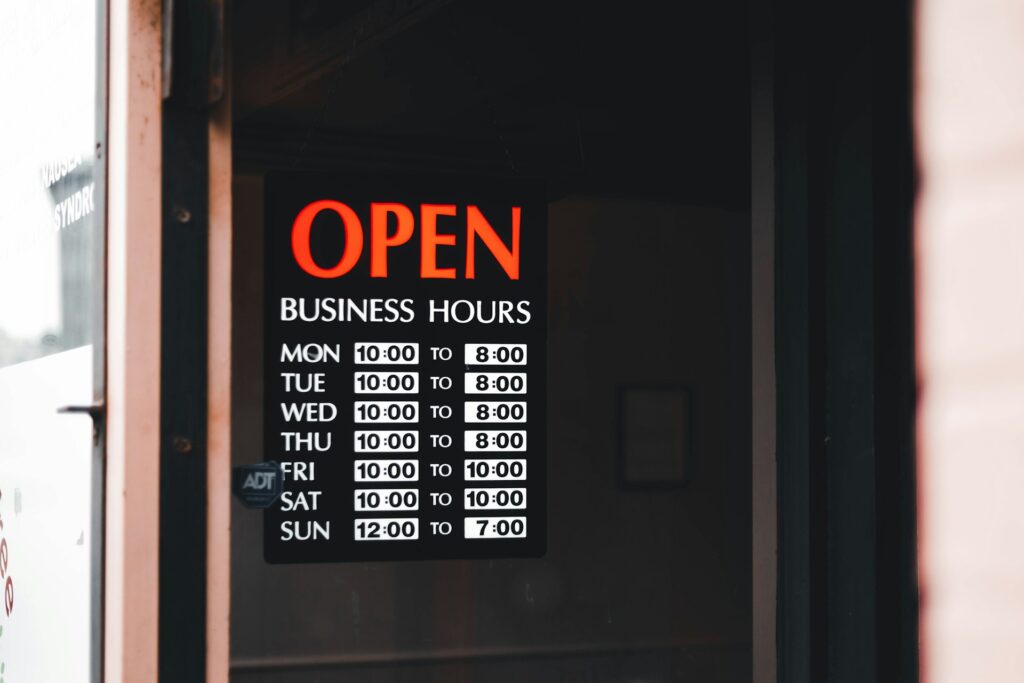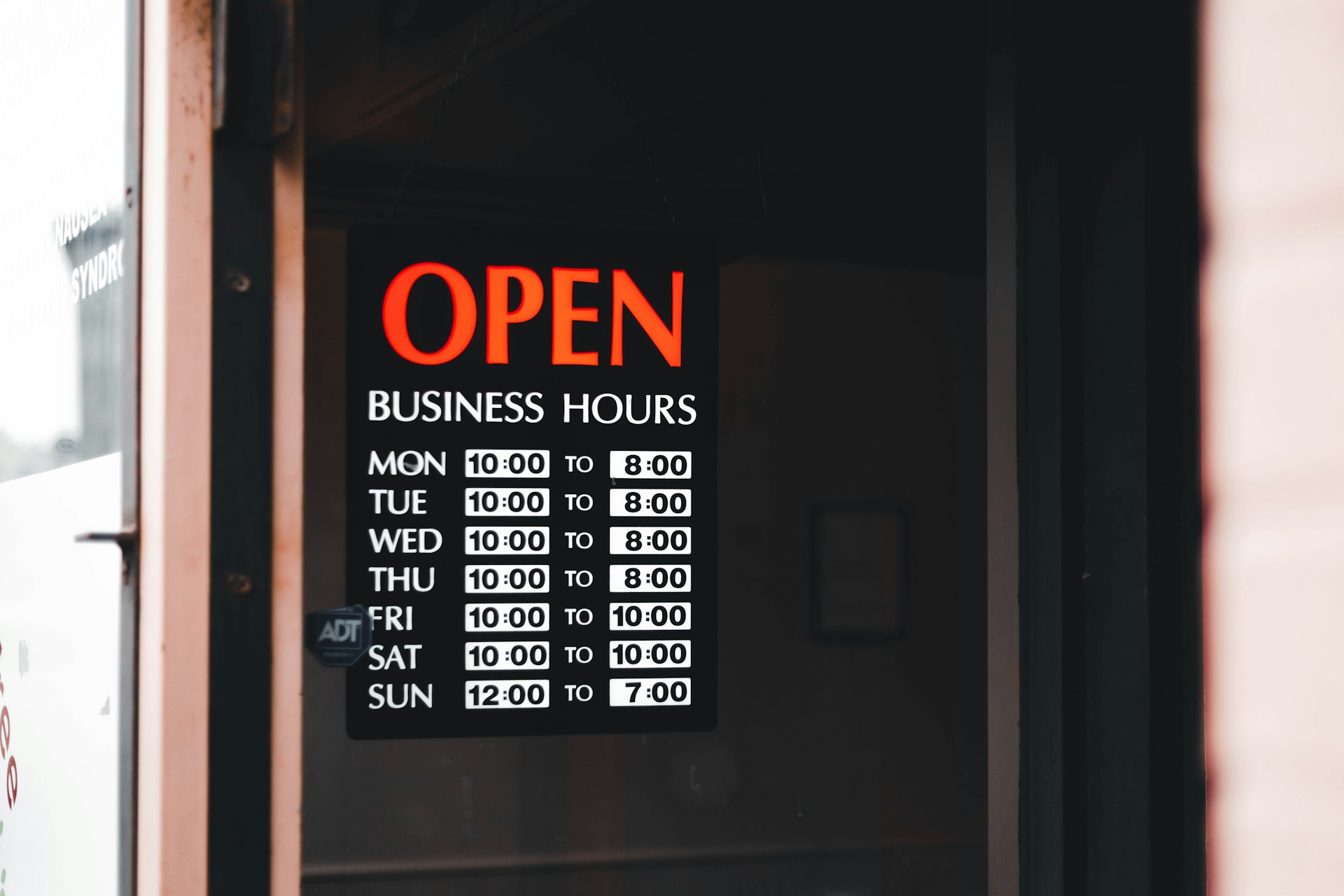When you apply for a small business loan, the interest rate structure, i.e., fixed or variable isn’t just a footnote. It directly impacts your repayment schedule, monthly cash flow, and overall cost of borrowing.
Yet, many business owners sign off on loan terms without fully understanding how the rate behaves over time. Fixed and variable rates both have pros and pitfalls, and choosing between them isn’t about picking the better one, rather about picking what suits your business’s current financial reality and future plans.
In this article, we break down the difference between the two, when each makes sense, and what lenders don’t always spell out.

What Does Fixed vs Variable Mean in a Business Loan?
When applying for a small business loan, one of the most critical features to understand is the type of interest rate you’ll be paying. Lenders typically offer two options: fixed rates and variable rates. Each functions differently and has its own implications for your long-term costs.
A fixed-rate loan means your interest rate stays the same throughout the life of the loan. Your monthly payments are predictable, which makes budgeting easier. For example, if you take out a $100,000 loan at a 7 percent fixed interest rate for five years, your payments will remain constant every month until the loan is fully repaid.
On the other hand, a variable-rate loan (also known as a floating or adjustable-rate loan) changes over time based on an underlying benchmark, such as the prime rate or SOFR (Secured Overnight Financing Rate).
Your rate may start low, but it can increase if the benchmark rate rises. This can make your monthly payments fluctuate, which introduces an element of financial uncertainty.
Both structures are common in small business lending, but the right choice depends on your business’s cash flow stability, growth expectations, and risk tolerance. Understanding the mechanics of each rate type is essential before signing a loan agreement, because interest rates are not just technical details, instead they affect your financial survival.
Key Differences Between Fixed and Variable Rates
Here are the basic differences between fixed and variable rates:
Stability vs Flexibility
Fixed rates provide stability. You know exactly what your payment will be each month, which is helpful for budgeting and planning. Variable rates are more flexible in nature. They may start with a lower rate than fixed loans, which can reduce your initial payments, but they carry the risk of increasing over time.
Cost Over Time
A variable-rate loan may appear cheaper at first, especially in low-interest environments. However, if market rates rise, your cost of borrowing could escalate. Fixed-rate loans often come with slightly higher initial rates, but they protect you from future rate hikes, potentially saving you money in a volatile interest rate environment.
Risk Profile
Fixed-rate loans are generally better suited for risk-averse borrowers or businesses that need predictable expenses. If your business operates on thin margins or you rely heavily on long-term planning, a fixed rate removes the uncertainty of rising loan costs.
Variable-rate loans are better suited for businesses with strong cash flow or shorter repayment periods, where they can take advantage of low initial rates without being exposed to long-term interest rate risk.
Typical Use Cases
Fixed-rate loans are often used for long-term investments such as purchasing real estate, major equipment, or expansion. Variable-rate loans may be offered on shorter-term financing options like working capital lines or bridge loans, where the business expects to repay the amount quickly and can absorb small fluctuations.
Fixed vs Variable Rate – What is Better for Business?
Choosing between a fixed or variable interest rate depends on your business goals, financial stability, loan term, and the broader interest rate environment. Here is a breakdown of when each option may be more suitable for your business:
When Fixed Rates Make More Sense
A fixed-rate loan is ideal for businesses that prioritize predictability and long-term planning. If your cash flow is steady and your budget is tight, knowing your exact monthly repayment helps avoid financial surprises. This is especially useful for newer or smaller businesses with limited cash buffers or those investing in long-term assets like property or equipment.
Fixed rates are also beneficial when interest rates are expected to rise. Locking in a stable rate now could protect your business from future cost increases. Although you might pay a slightly higher rate up front compared to a variable option, you gain peace of mind and cost stability over time.
When Variable Rates Offer an Advantage
Variable-rate loans can work well for businesses that can tolerate some risk and want to capitalize on lower initial rates. These loans are often more attractive during periods of low or declining interest rates, as your borrowing costs may stay low or even decrease temporarily.
If you’re taking out a short-term loan or have plans to repay early, a variable rate may save you money. For instance, a business that needs capital to bridge seasonal gaps or fund a short-term project could benefit from the initial savings.
Assess Your Risk and Growth Strategy
Ultimately, the better option depends on your risk tolerance and growth expectations. Conservative businesses or those with long-term financing needs may lean toward fixed rates. Businesses with higher risk tolerance, stronger cash flow, or shorter loan horizons may be better suited for variable rates.
Conclusion
Understanding the difference between fixed and variable rate loans isn’t just about comparing interest figures, but about choosing a structure that supports your business’s cash flow, growth plans, and risk appetite. Fixed rates offer stability, while variable rates provide potential savings.
The right option depends on how much flexibility your business can afford and how confident you are in navigating market shifts. If you’re unsure which path suits your business best, ROK Financial can help you evaluate your options with clarity and insight.
Their team specializes in matching small businesses with tailored financing solutions that align with real-world needs.
Get in touch with ROK Financial today and make a confident, informed decision for your future.
Frequently Asked Questions
What happens if market rates rise after I take a variable rate loan?
If market rates increase, your loan payments will rise accordingly, which can strain your cash flow. This unpredictability can be risky for businesses with tight margins or inconsistent revenue, making it important to have a financial buffer or a plan to refinance if needed.
Can I switch from a variable to a fixed rate later?
Some lenders allow refinancing from a variable to a fixed rate, but it often depends on your credit profile, loan terms, and market conditions. Keep in mind that fees may apply, and you’ll need to assess if the long-term benefits of stability outweigh the costs of refinancing.




